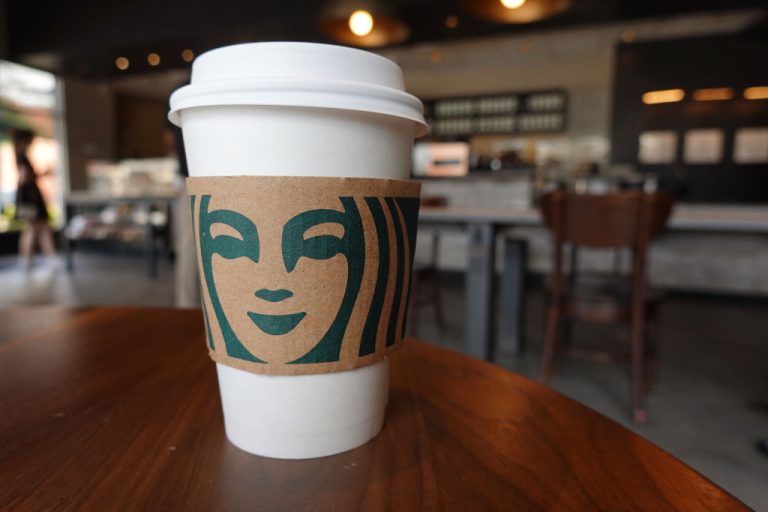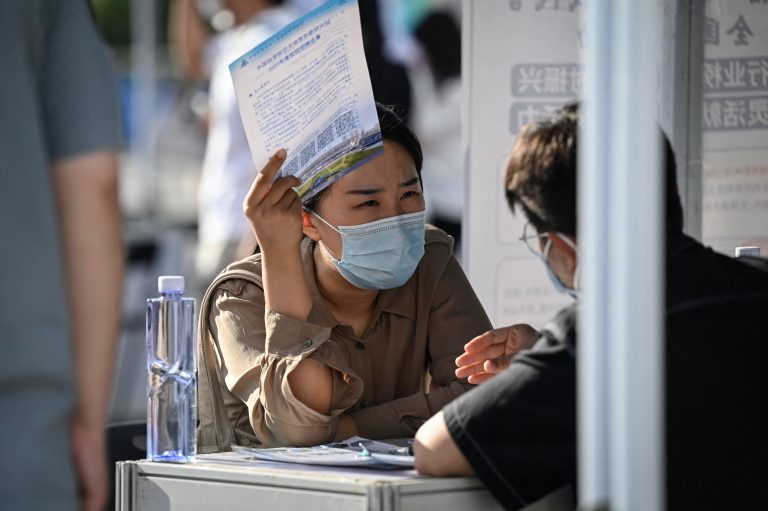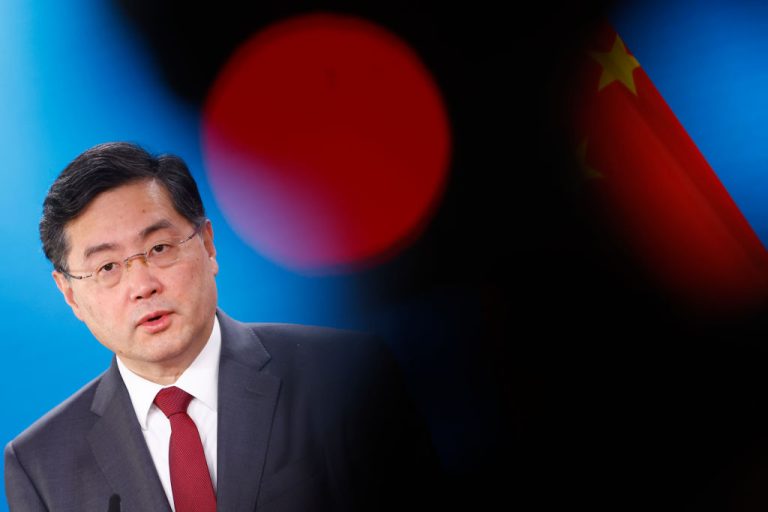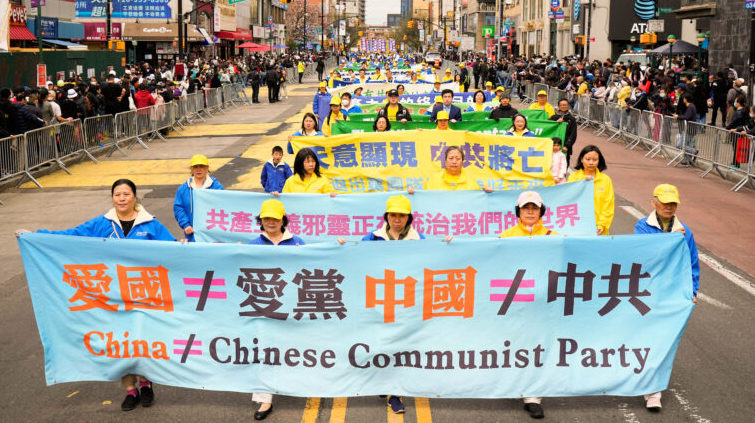As it reaches the third quarter of the year, Starbucks has suffered lower sales in China as the middle class spends less on their products. Competition and the country’s own economic woes have been cited as factors contributing to the fall in sales.
Speaking to investors on July 30, Starbucks CEO Laxman Narasimhan revealed that the company’s revenue dropped by one percent from April-June in both China and United States, the Associated Press (AP) wrote. Same-store sales — stores which have been operational for more than a year — in China have dropped 14 percent.
“We are focused on what we can control in a consumer environment that can be best described as ‘complex’,” Narasimhan said in a conference call, citing how consumers are being more considerate with their spending.
The decline in sales has become a viral sensation for financial bloggers in China. Some believe that this has been associated with the “dwindling purchasing power” of the country’s middle class, Radio Free Asia (RFA) wrote.
Blogger Lao Shuai CFA believes that most consumers are unable to pay more than 10 Chinese yuan ($1.40) for a cup of Starbucks’ coffee, and that they can just buy a coffee from a local coffee chain, like Luckin Coffee, at a price three times cheaper.
Success
You are now signed up for our newsletter
Success
Check your email to complete sign up
“Once upon a time, drinking coffee at Starbucks was kind of a bourgeois mood,” the blogger wrote. “But competition has intensified in recent years.”
READ MORE:
- 9 Years Following Infamous ‘709’ Crackdown, China’s Human Rights Lawyers Hold Out Hope
- Proposed Regulations Capping Overdraft and Late Fees Will Drive Up Costs for Customers, JPMorgan Says
- Top Chinese Generals Expelled From Communist Party in Sign of Greater Purges
Local competition
The competition comes from numerous local coffee chains and businesses which tend to offer much cheaper drinks than Starbucks. In the past, many people were more than willing to enjoy Starbucks as it represented the middle class.
While a large latte from Luckin Coffee would cost 29 Chinese yuan ($4), not too far from Starbucks’ own at 33 yuan ($4.60), it would offer coupons to sell lattes at 9.9 yuan ($1.40).
With more than 18,590 stores already in China — plus the discounts — Luckin was able to thrive with a revenue of 24.86 billion yuan ($3.45 billion) in 2023, beating Starbucks which saw a revenue of $3.16 billion in China.
Another chain, Cotti, also offers Americanos for 8.8 yuan with a coupon, while KFC’s own KCoffee provides a 10-yuan membership for members to buy 5 ($0.70) yuan coffees for 30 days.
“Starbucks needs to compete on price but not only compete on price,” Jason Yu, greater China managing director of market research firm Kantar Worldpanel, said. “They need to lead in innovation, lead in the conversation about coffee and lead in creating emotional value for consumers, or they will lose out more to the local competition.”
Since May, Starbucks has fallen into a price war it had wished to avoid, falling into conflict with China’s own brands like Luckin Coffee, Reuters reported.
“We are not interested in entering the price war,” Starbucks’ China CEO Belinda Wong said in January. “We are focusing on capturing high quality but profitable, sustainable growth.”
Despite this, analysts have noted that Starbucks is offering discounts and coupons for their products; once considered a rarity in its business.
With more brands chiming in, Starbucks’ association with the middle class has since dwindled; it has essentially become more of a luxury than a common pastime.
READ MORE:
- Taiwan Firms Shift Supply Chains From China to India
- Drug Giants Eye China for Deals Despite Growing Sino-US Tensions
- Beijing Endorses Xi Jinping’s Murky Vision Following Key Policy Meeting
Buying power reduced
China’s own economic restructuring — to rely less on exports and foreign technologies — has also driven away interest in Starbucks. With this came difficulties of securing jobs, which means many people would not be able to afford a cup of Starbucks coffee.
China’s own expansion in the state sector has also deprived its private sector from resources, leaving many to reduce their spending as much as possible.
Economist Si Ling argues that China’s coffee culture — primarily centered on wealthy urbanites in Beijing, Shanghai, and Guangzhou — was largely fueled by foreign investment in finance and technology. However, Starbucks’ declining sales indicate a weakening middle class and even shrinking upper income brackets, which he attributes to the outflow of foreign capital.
“The coffee sector was once seen by economists as a bellwether for the development of high-tech industries in China,” Si said. “The higher [its sales], the faster the growth of high-tech and modern service industries.”
“But the sector has lost its sheen, and indicates that employers are rapidly laying off employees,” he added. “That also shows that the Chinese economy is continuing to shrink, and that foreign capital continues to leave China.”
For the moment, Starbucks still stands strong despite the declining sales. As Nasdaq wrote, the chain has been making improvements in scheduling, employee turnover, and inventory management, as well as reducing wait times with its new Siren Craft System.
Starbucks also looked into its new store locations, while also expanding its strategic partnerships “to accelerate growth” in China.
However, it still faces other problems, including price sensitivity at home in the U.S..







